Music that goes 'boo' fills Halloween weekend ISO program

Stefan Asbury brings the spookiness. It's too bad guest conductor Stefan Asbury didn't shape his remarks from the podium more concisely Friday night, so that he could explain the relevance of Leonard Bernstein's "Serenade after Plato's 'Symposium'" in an Indianapolis Symphony Orchestra program of pieces having a conspicuous fear factor. Rare as it is to open a review with remarks on oral program notes from the Hilbert Circle Theatre podium, I'm doing so not to question the inclusion of "Serenade" in a Halloween concert. But I wish that as an advocate for it, and to set up a context for the beautiful rendition Jennifer Frautschi was about to offer as guest soloist (the program will be repeated at 5:30 today), Asbury had spoken more to the point. All four pieces on a well-chosen program have a narrative informing them, though the one behind Bartok's "Miraculous Mandarin" might pose a challenge to present to children, of whom...
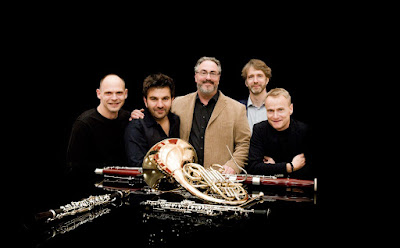
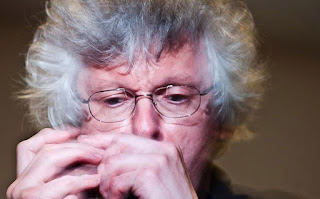

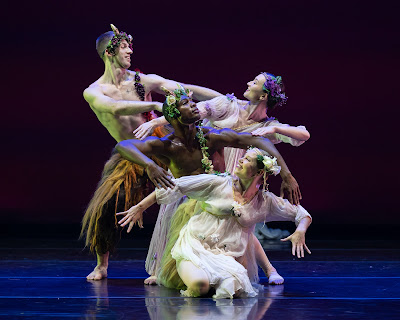
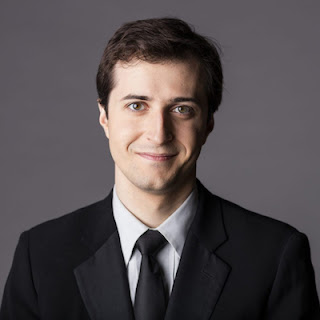





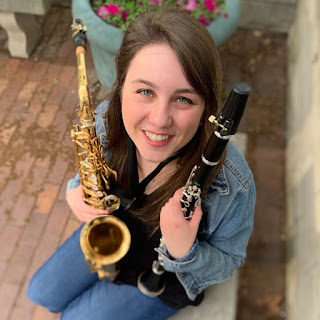


.jpeg)